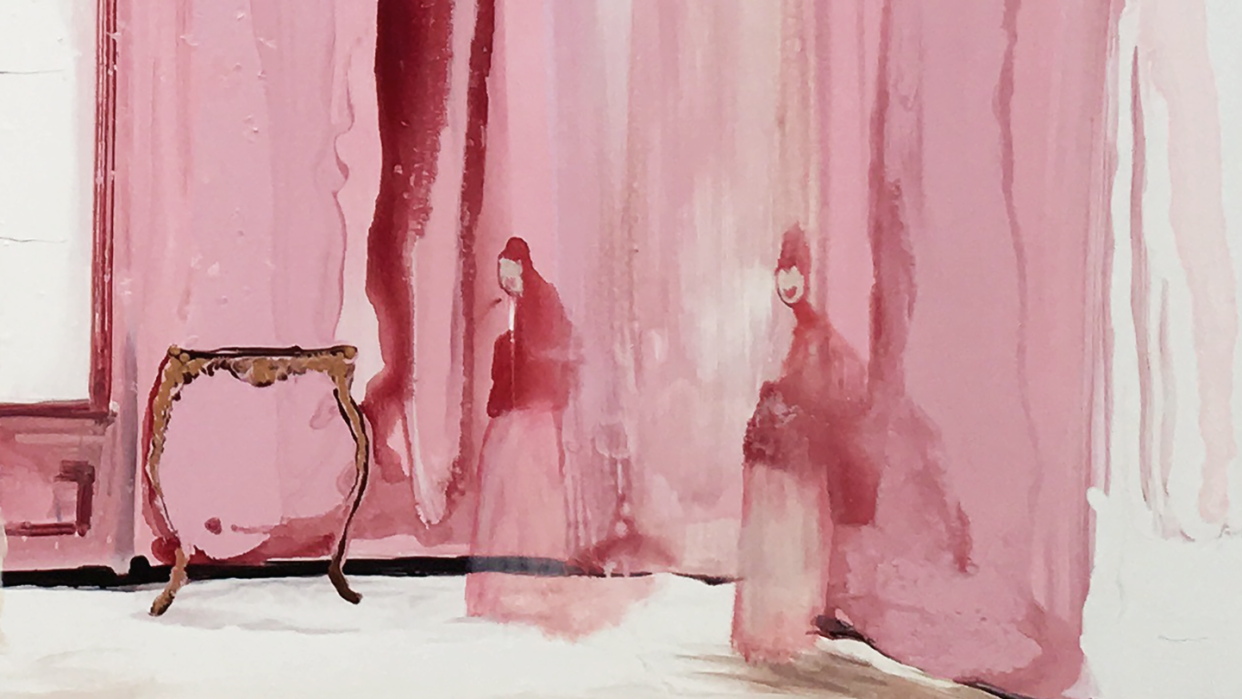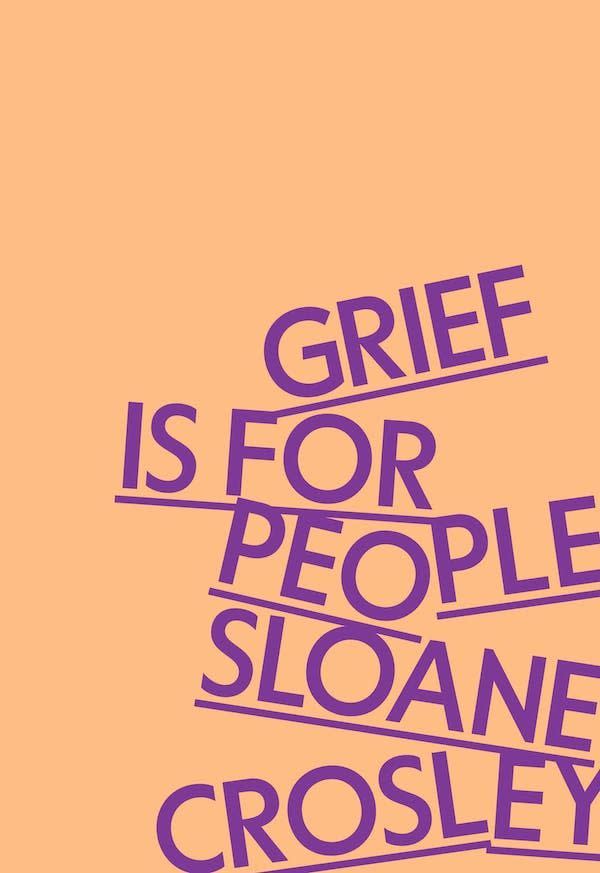Discovering Joy’s Many Dimensions at a Haunted Writers’ Retreat

"Hearst Magazines and Yahoo may earn commission or revenue on some items through these links."
Let’s start with the lucky part. I spent last August at the legendary writers’ retreat Yaddo, a 55-room stone mansion perched on a hill in Saratoga Springs, New York. Yaddo is notorious enough in the publishing world to teeter on cliché. For starters, it’s haunted. Should you arrive somehow failing to have absorbed the stories about the Trask family, which once lived there—Spencer Trask, a financier, purchased the house in the late 19th century; his wife, Katrina Trask, then contracted diphtheria and gave it to their children when she kissed them goodbye; and a mysterious fire burned down the original structure—a trove of spooky evidence clues you in. There are plenty of cordoned-off rooms, piled high with old portraits of little girls with spiders crawling over their unblinking eyes. The presence of the dead dovetails nicely with Yaddo’s other reputation as a kind of sleepaway camp for artists. There are lunch pails. Snacks. Wooded paths. Campers who take it too seriously. Campers who don’t take it seriously enough. As someone who spent eight summers of her childhood at an actual sleepaway camp, I can confirm yet another commonality: bats.
A bat, unlike its less talented cousin, the mouse, will seek out the coolest environment possible. It flies low, close to the heads of humans whose only desire is to go unmolested by goth vermin. The bat is Yaddo’s mascot. If books could retain the sounds of where they were written, you might hear high-pitched squeaks in the margins of some of your favorite novels.

Grief Is for People
On the last night of my residency, I sat on a velvet chaise in the study (are you picturing Clue yet?) and read from my new book, the flap of rubbery wings outside. The room had gone silent. Fifteen of my peers blinked at me or bowed their heads. And now we come to the unlucky part: The book in question, Grief Is for People, is about my friend Russell, who died by suicide in 2019. The story opens with a burglary that took place exactly one month prior. (All of my jewelry was stolen.) It’s about those ever-deepening and ever-expanding layers of grief we feel after a major loss. Even the epigraph, taken from Brooke Hayward’s memoir, Haywire, is a bummer: “Either you jump out the window or you live.”
My entire life, I have written comedy. Like all tragedies, this story is comedic too. It’s a sign of love to laugh in the wake of a death, to chase that laughter with tears upon realizing there will be no more stories, no more jokes. The beloved has become a finite resource. Russell also happened to be a fantastically funny person, so his one-liners are intermingled with mine. The plan was to see if I could get through reading from it, for the first time, in front of a supportive audience. But by the time I’d finished, there was that inscrutable silence. And somewhere in the distance, a squeak.
Afterward, as we scattered, a brilliant author friend to whom I’d grown close at Yaddo could tell something was wrong. I don’t know if it was kismet that I shared a hall with someone I liked so much or if we liked each other so much because we shared a hall.
“I don’t think they liked it,” I confessed, moping as we ascended a darkened staircase.
“What makes you say that?”
“No one laughed.”
“Is that how you know a reading is going well?”
I nodded. It had, in fact, been my sole metric for two decades.
“It’s not that it’s not so funny,” she said, “it’s that it’s so sad.”
I felt a sincere sense of relief as I shut my bedroom door. I had not sapped an audience of joy; I had simply given everyone something else—perhaps something at least a few of them needed. Then, lest you forget this story takes place in a haunted mansion, there was a knock at the door.
“You again,” I said to my friend.
She had changed into her pajamas and braided her hair. Part of what I liked about her was how well managed her life seemed, especially for a writer. My bedtime ritual entails flinging myself in the approximate direction of a pillow.
“I think there’s a bat in my trash can.”
“You think?”
“Something is rustling. Come.”
Of all 55 rooms, hers was the smallest. There’s a big difference between watching a bat bomb across a room and spooning with one.
We entered her room, on slow alert. The air was still, but the bat was not. A sudden thrashing drove us into the hallway, the door slamming behind us.
Yaddo provides an information packet to residents that features a section on what to do in case of a bat. Neither of us had read the packet. I called the groundskeeper, whispering, apologizing. This was below his pay grade and above ours. My friend and I had both had several glasses of wine that night, and we were already doubled over. By the time I hung up, I was an excess of inhales.
“Nets.”
“Sorry?”
“Apparently, there are nets by the kitchen. And latex gloves.”
She started laughing harder, trotting down the stairs, but I stopped her. We needed protection. This was probably true but, when whispered, sounded like the idea of a high person. We put on most of my clothing, wrapping our heads in scarves. We looked 40 years older, like understudies for a community-theater production of Grey Gardens. Then we armed ourselves, reapproaching her door, me crouching behind her with my giant net overhead.
The creature took a couple of tight, panicked laps over her bed and exited straight through my net, escaping to unknown parts. She screamed. I screamed. I hit the deck, becoming one with the hallway carpet, my shoulders shaking with laughter.
Months later, I am grinning as I write this story. To me, it’s not amusing merely from a slapstick perspective. It’s that joy, like loss, contains many layers. It’s a solitary thing to write about the death of a loved one. But in just one evening, I had learned how the most personal story I’d ever written could touch other people in ways that were delightfully beyond my control, I’d bonded with my new friend, and I’d experienced the kind of adrenaline that made me feel like a camper again.
We kept texting each other before bed. I could hear her down the hall, giggling to herself. I’m sure she could hear me too. Dying, she wrote. Yes. Or the reverse.
Sloane Crosley is the author of Grief Is for People (MCD x FSG), out February 27.
You Might Also Like

